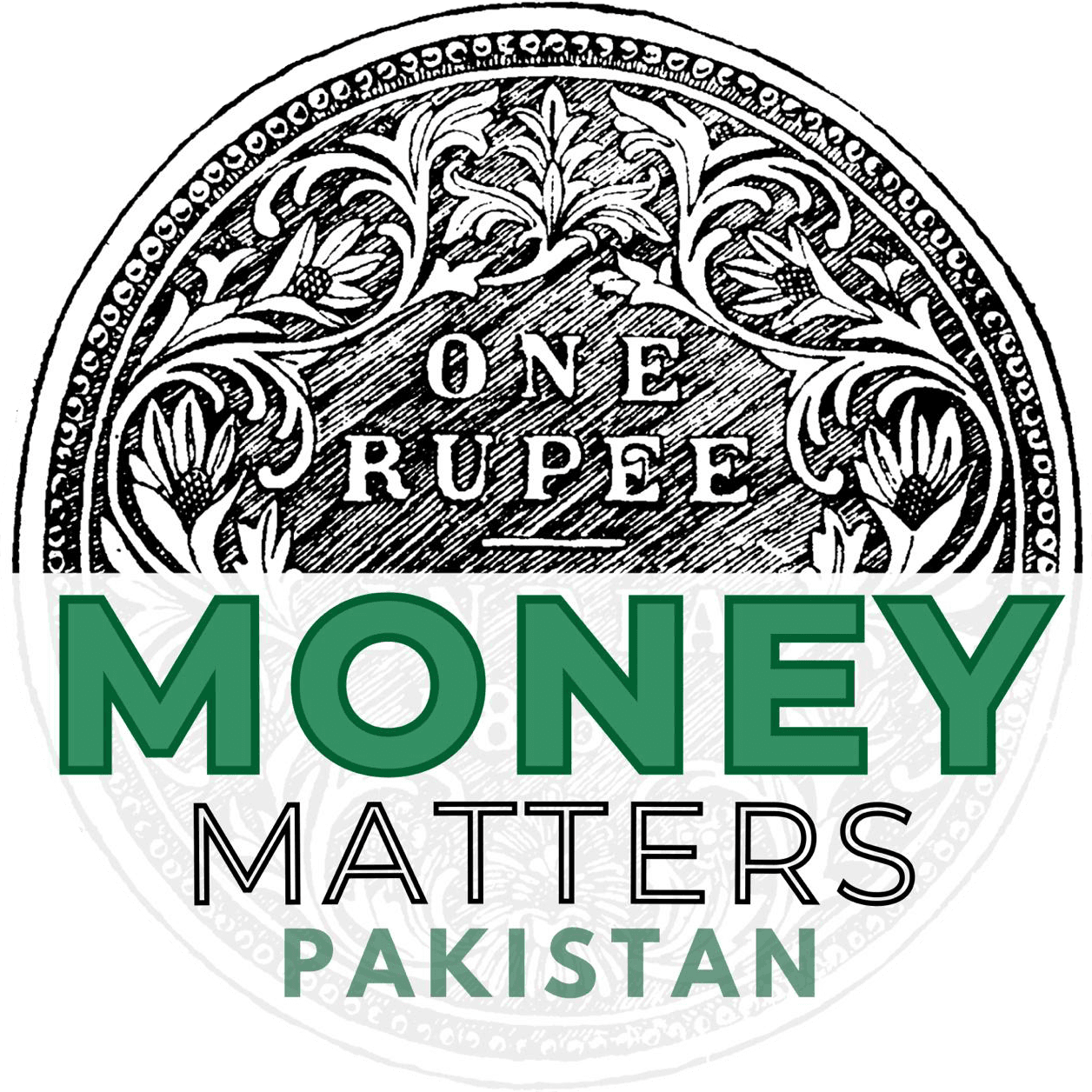Key Takeaways:
• Pakistan’s economy faces its most severe crisis since independence, with a projected recovery time of 9-11 years
• High inflation, especially in food prices, is a major concern for the country
• Depleted foreign exchange reserves and a significant loss in currency value contribute to the economic instability
• Political turmoil and disagreements over debt policy have exacerbated the economic challenges
• The agricultural sector is under pressure due to potentially harmful tax policies
Expert Assessment and Historical Context
In a stark assessment of Pakistan’s current economic situation, Prof. Dr. GVR Shastri, a senior economist and author with degrees from Harvard and Stanford, has described the ongoing crisis as the “biggest collapse of Pakistan’s economy after independence.” In a post on social media platform X, Prof. Shastri has said that recovery time for the nation’s economy could stretch between 9 to 11 years, while highlighting the severity and long-lasting impact of the current downturn.
Pakistan, a country of over 220 million people, has been grappling with a multifaceted economic crisis that has intensified over the past few years. The situation has deteriorated to such an extent that it has drawn comparisons to the challenging times faced during the country’s formative years post-independence in 1947.
Soaring Inflation and Food Prices
One of the most pressing issues facing Pakistan is the soaring inflation rate, particularly in food prices. The country has witnessed some of the highest food inflation rates in the region, putting immense pressure on the average Pakistani household. This surge in prices has not only affected the purchasing power of citizens but has also raised concerns about food security and potential social unrest.
Foreign Exchange Crisis and Currency Depreciation
The nation’s foreign exchange reserves have reached alarmingly low levels, severely limiting its ability to finance essential imports and service its external debt obligations. This depletion of reserves has put significant pressure on the Pakistani rupee, which has seen a sharp depreciation against major currencies. The weakening currency has, in turn, further fueled inflation and eroded investor confidence.
Political Instability and Policy Challenges
Political instability has played a crucial role in exacerbating the economic challenges. Frequent changes in government and policy direction have created an environment of uncertainty, deterring both domestic and foreign investment. Moreover, disagreements over debt policies and the inability to secure favorable terms from international lenders have complicated Pakistan’s efforts to stabilize its economy.
Agricultural Sector Under Pressure
The agricultural sector, traditionally a backbone of Pakistan’s economy, is facing its own set of challenges. Prof. Shastri points out that the imposition of taxes on the domestic agricultural economy could potentially violate basic economic principles. Such policies risk undermining the sector’s competitiveness and could lead to reduced agricultural output, further straining food prices and overall economic stability.
Loss of Confidence and International Engagement
The cumulative effect of these factors has led to a significant loss of confidence in the government’s ability to manage the economy effectively. This erosion of trust has manifested in various ways, including capital flight and a reluctance among businesses to make long-term investments in the country.
International financial institutions, including the International Monetary Fund (IMF), have been engaged in discussions with Pakistan to provide financial support. However, negotiations have often been complicated by disagreements over economic reforms and policy measures required as conditions for assistance.
The Long Road to Recovery
The road to recovery, as suggested by Prof. Shastri’s analysis, is likely to be long and challenging. A 9 to 11-year timeline for economic recovery underscores the deep-rooted nature of Pakistan’s economic woes and the need for sustained, comprehensive reforms.
To navigate this crisis and set the stage for recovery, Pakistan will need to address several key areas. These include implementing structural reforms to boost productivity and competitiveness, improving governance and reducing corruption, diversifying the economy to reduce dependence on a few sectors, and rebuilding international investor confidence.
Future Outlook and Global Implications
The path forward for Pakistan is undoubtedly challenging, but not insurmountable. With concerted efforts from policymakers, support from international partners, and the resilience of its people, Pakistan has the potential to overcome this economic crisis. However, the journey will require patience, difficult decisions, and a commitment to sustainable economic policies that prioritize long-term stability over short-term gains.
As Pakistan navigates these turbulent economic waters, the world watches closely. The country’s ability to recover and rebuild its economy will have significant implications not just for its own population but for regional stability and the global economic landscape.




